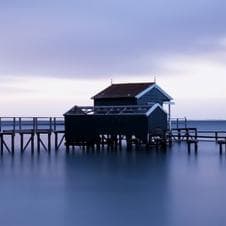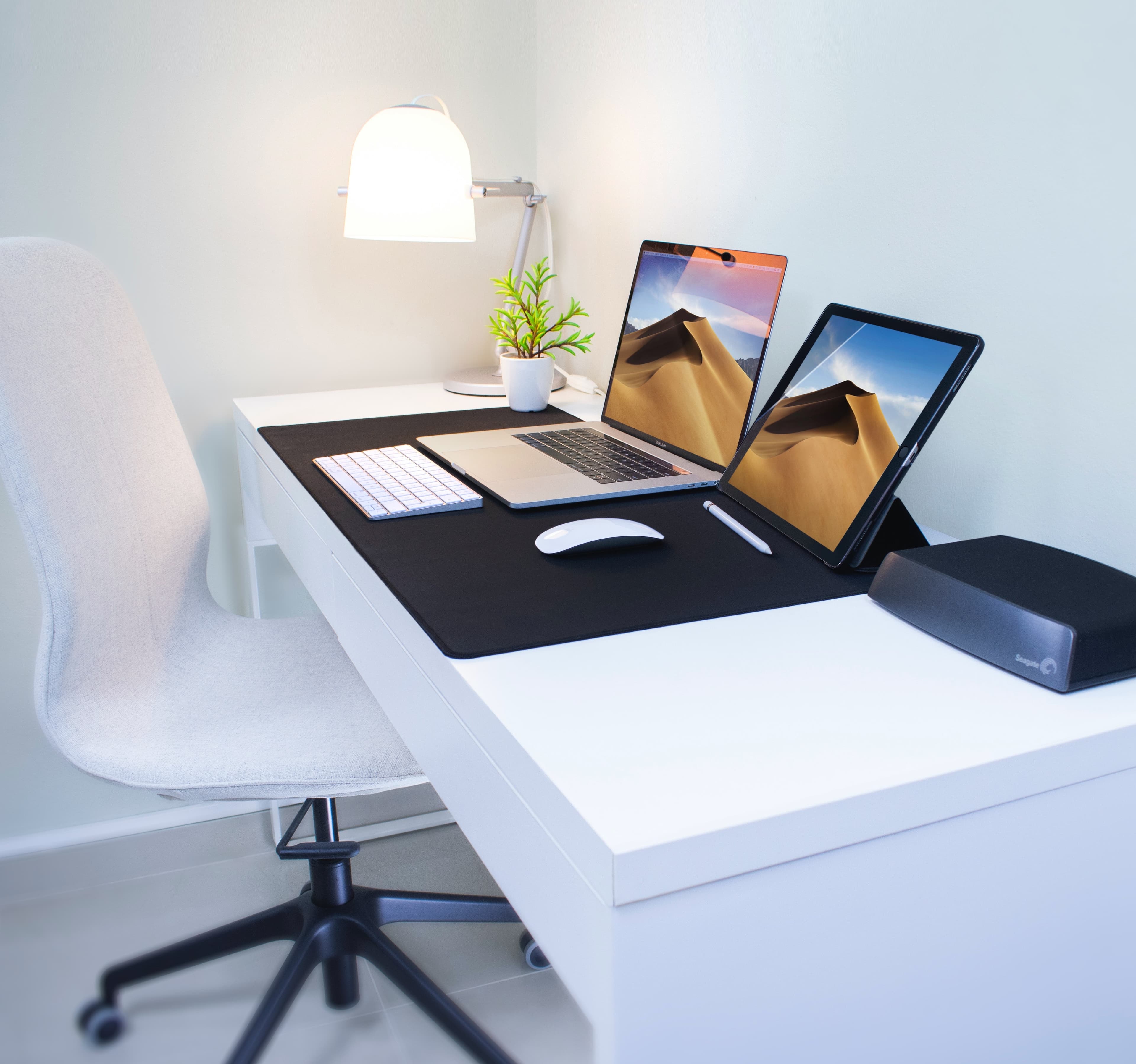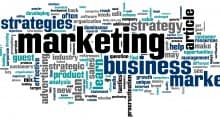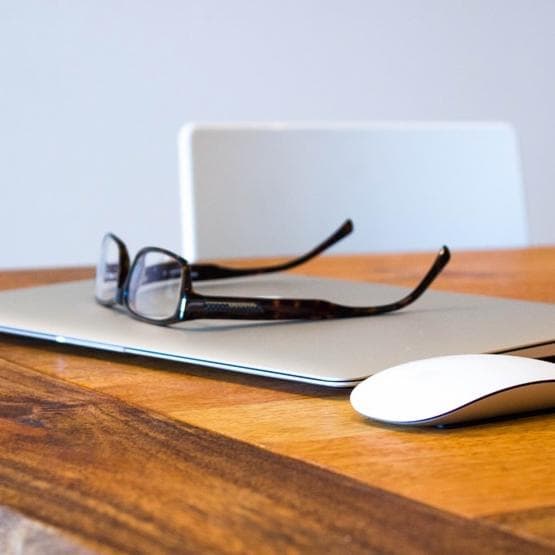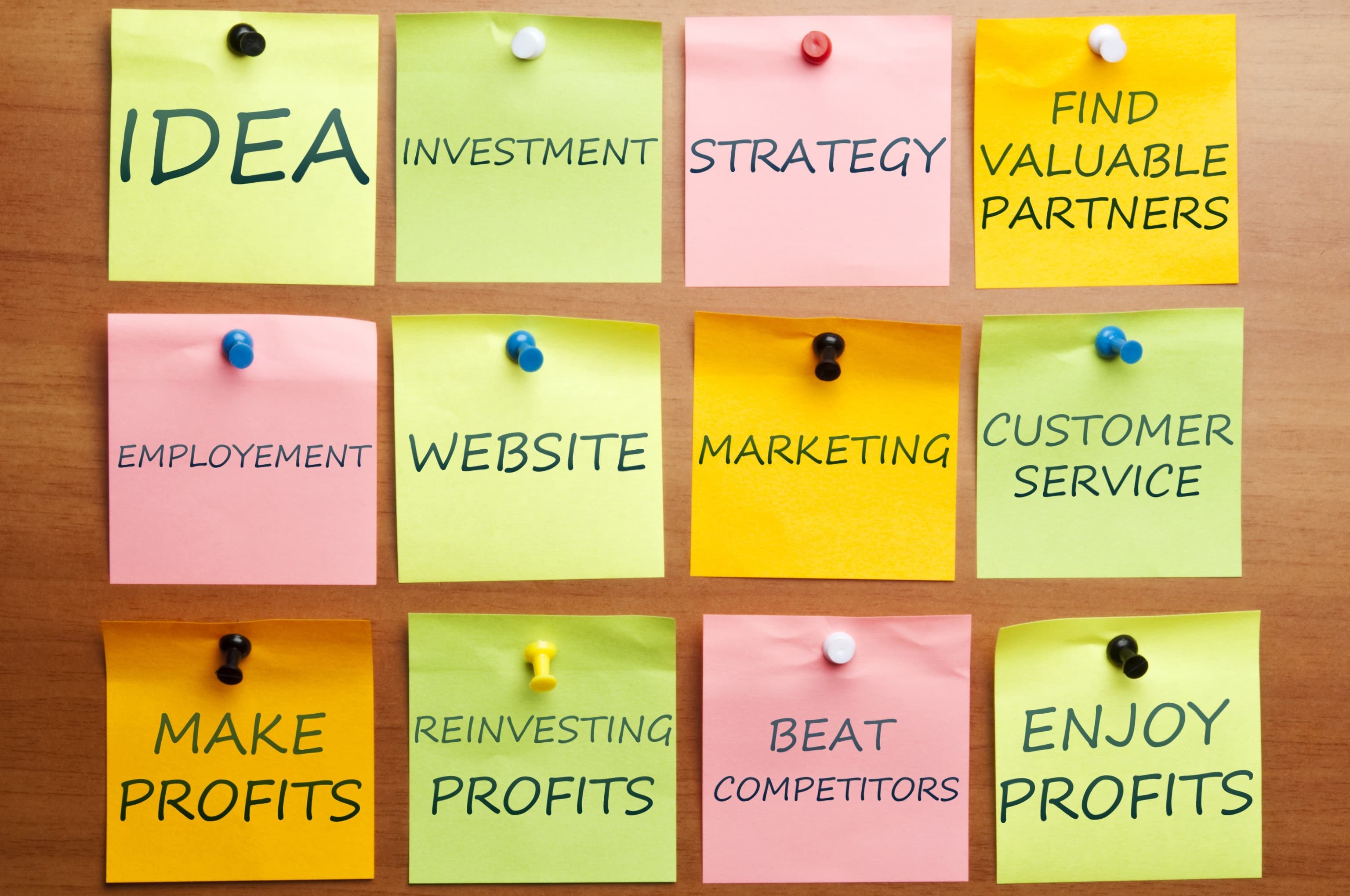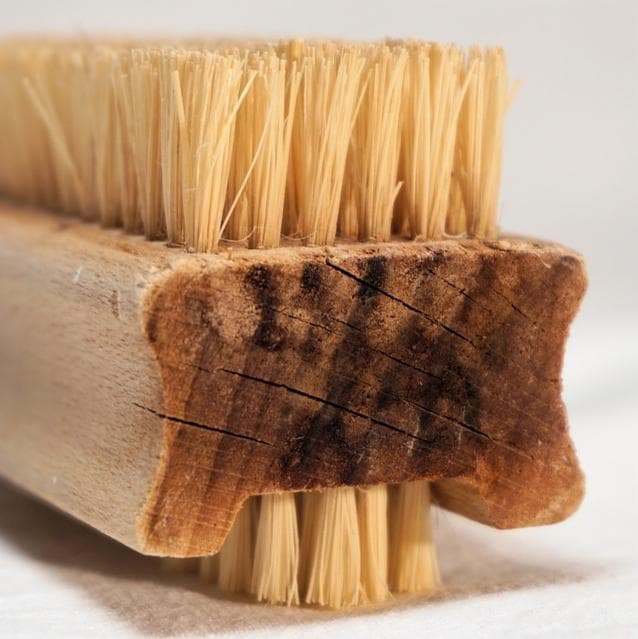Press Conference Checklist
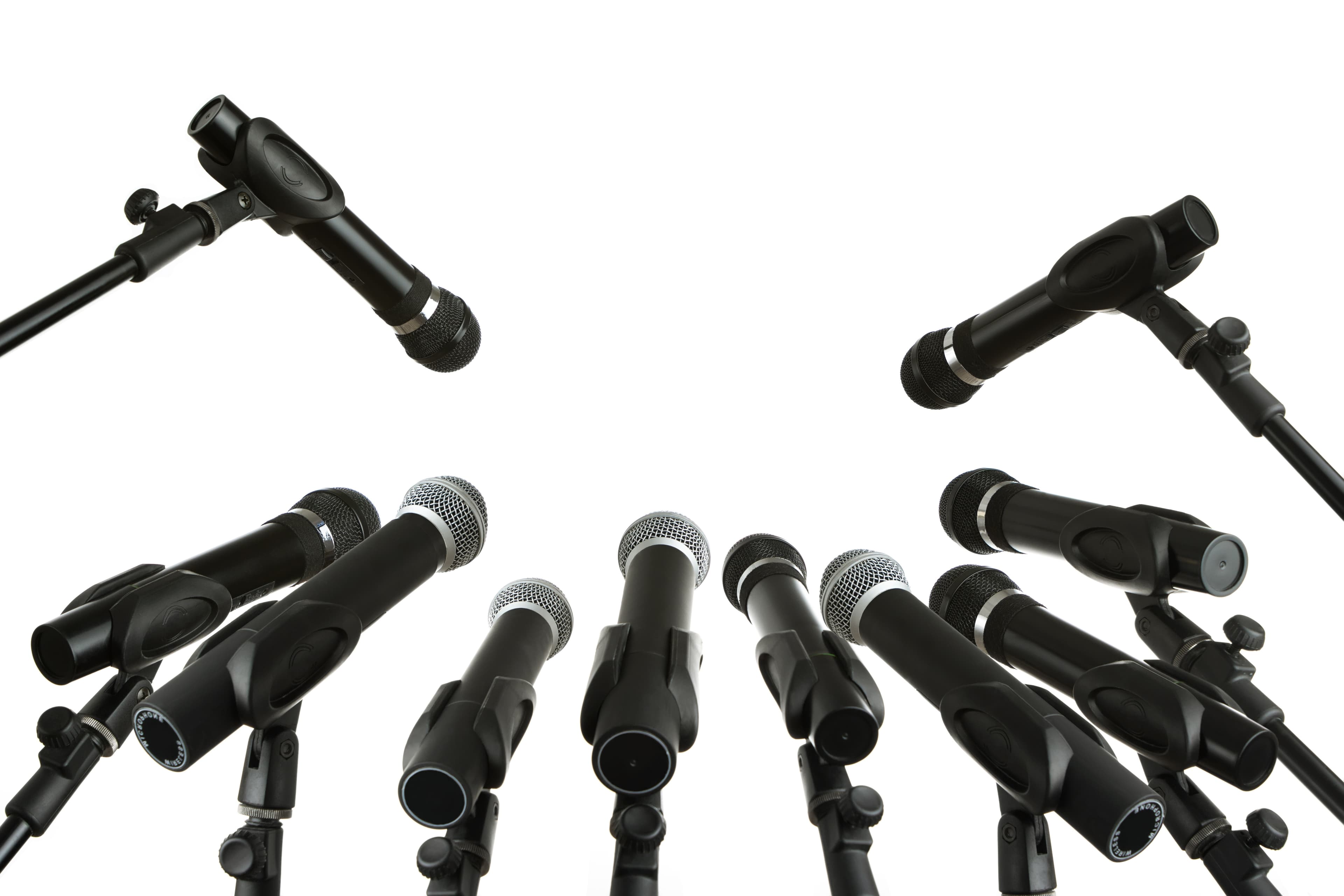
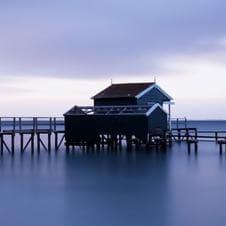
Introduction
Suggest Improvements
Press Conference Checklist Frequently Asked Questions
What is needed for a press conference?
To successfully host a press conference, you need several key elements:
- Venue: Choose a location that is accessible and appropriate for your audience.
- Equipment: Ensure you have audio-visual equipment, microphones, cameras, and seating arrangements.
- Press Kit: Prepare a press kit containing essential information about the event, including press releases and background information.
- Speakers: Confirm who will be speaking and their availability.
- Invitations: Send out invitations to journalists and media outlets in advance to ensure good attendance.
By gathering these components, you can lay the groundwork for an effective press conference.
How do you run a successful press conference?
Running a successful press conference involves careful planning and execution. Here are some tips:
- Plan Ahead: Schedule the event with enough lead time for attendees to prepare.
- Set Clear Objectives: Define what you want to achieve—be it announcing news or addressing issues.
- Engage the Audience: Start with a strong opening statement and maintain eye contact.
- Be Prepared for Questions: Anticipate potential questions from the media and prepare responses.
- Follow Up: After the event, provide additional information or clarification as needed.
By following these steps, you can ensure your press conference is impactful and professional.
What are the necessary steps for organizing a press conference?
Organizing a press conference requires a series of structured steps:
- Identify Purpose: Clearly define the reason for the press conference (e.g., product launch, crisis management).
- Select Date and Venue: Choose an appropriate date and location that is convenient for journalists.
- Prepare Press Materials: Create a comprehensive press kit that includes statements, bios, and supporting documents.
- Invite Media Personnel: Compile a list of relevant media contacts and send invitations well in advance.
- Rehearse: Conduct practice sessions with speakers to ensure smooth delivery and timing during the actual event.
- Conduct the Conference: Execute the plan on the day of the event while being adaptable to any unforeseen circumstances.
What to expect at a press conference?
At a press conference, you can expect several key components that contribute to its effectiveness:
- Presentations: Speakers typically present key information or announcements first before opening up for questions.
- Media Interaction: Journalists will ask questions related to the topic at hand; be prepared to answer them thoughtfully.
- Networking Opportunities: Attendees often have chances to network before or after the event with other media professionals and stakeholders.
- Press Kits Distribution: Expect to receive press kits containing relevant materials that summarize key points discussed during the conference.
Overall, it’s an opportunity for organizations to communicate directly with media representatives.
What is a press kit for press conference?
A press kit is a collection of materials provided to journalists during a press conference to facilitate reporting on the event or announcement. Key components often include:
- Press Release: A formal announcement detailing the news being shared at the event.
- Background Information: Context about the organization or topic being discussed, including history, mission, and objectives.
- Bios of Speakers: Short biographies highlighting qualifications and relevance of speakers present at the conference.
- FAQs: Common questions with answers regarding the announcement or organization to aid in understanding context.
- Contact Information: Details on how journalists can reach out for further inquiries or interviews post-conference.
How to set up a room for a press conference?
Setting up a room for a press conference involves thoughtful arrangement to enhance communication and engagement. Follow these steps for an effective setup:
- Seating Arrangement: Use theater-style seating for attendees facing the speakers or round tables for more interaction among journalists.
- Audio-Visual Setup: Ensure microphones, projectors, screens, and cameras are installed and tested beforehand to avoid technical issues during the event.
- Presentation Area: Designate an area where speakers will present; this should be well-lit and clearly visible from all seats in the room.
- Press Kit Distribution Table: Set up a table near the entrance where attendees can pick up their press kits upon arrival.
- Refreshments (Optional): Consider providing light refreshments if your budget allows; this can encourage networking before or after the event.
How many people should be in a press conference?
The number of attendees at a press conference can vary widely based on several factors such as topic significance, location, and industry interest. Generally, here are some guidelines to consider:
- For local events or smaller announcements, aim for around 10–20 media representatives from relevant outlets to ensure personalized attention and engagement.
- For major announcements or high-profile events (like product launches), expect attendance from 30–100 journalists, depending on public interest and media outreach efforts made prior to the event.
Ultimately, quality over quantity matters; focus on inviting journalists who cover topics relevant to your announcement.
Who talks in a press conference?
In a typical press conference, several key individuals may take turns speaking or presenting information, including:
- Company Representatives: This could include executives like CEOs or department heads who provide insights on company developments or announcements being made.
- Subject Matter Experts (SMEs): Depending on the topic discussed, experts may explain technical details or provide authoritative commentary relevant to your announcement or issue at hand.
- Moderators/Facilitators: A designated person may guide the session by introducing speakers and managing Q&A segments effectively to keep everything on track. Together, these individuals help create a comprehensive narrative around your key messages during the event.

